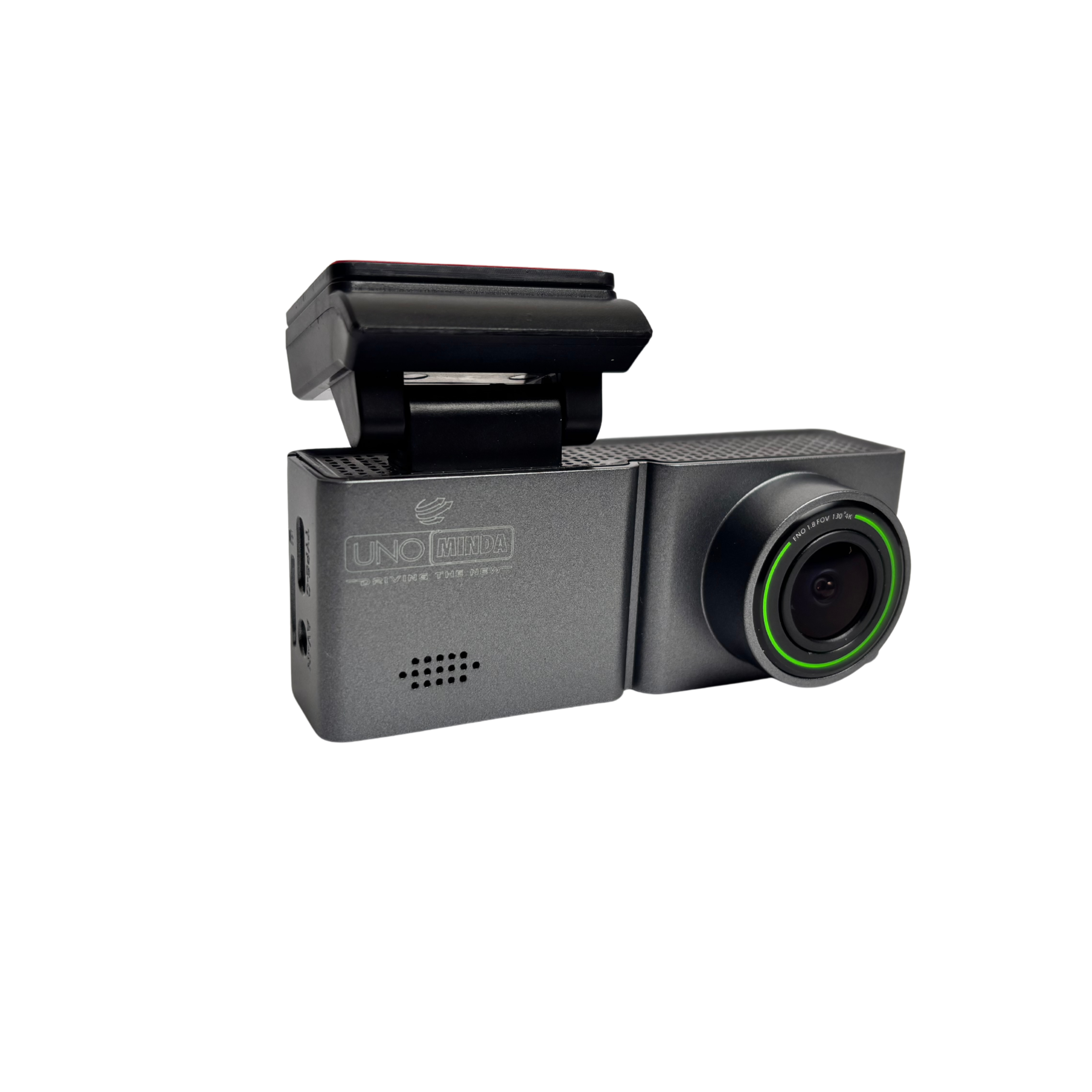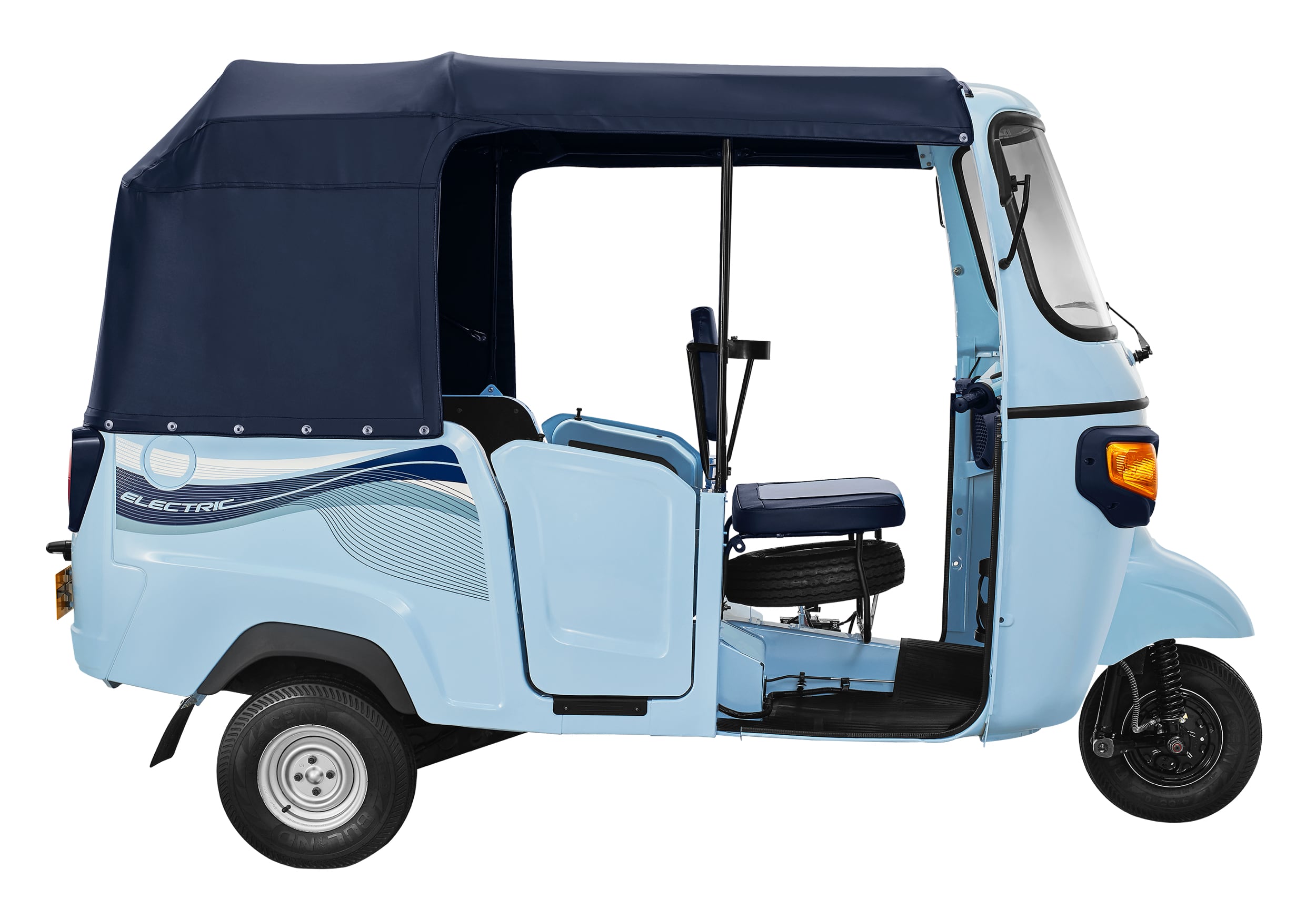ICAT was setup under the National Automotive Testing and R&D Infrastructure project (NATRiP). It is one of the most significant initiatives in the automotive sector under the Ministry of Heavy Industries and Public Enterprises. The NATRiP project was setup to build several R&D and infrastructure projects in the country at several locations representing unique collaborative efforts by the Government of India, the various state governments and the automotive industry in India. It was in the northern part of the country, that the ICAT was envisaged. ICAT was set up in 2004 as ARAIRCN. In 2006, NATRiP acquired ARAICN and renamed it as ICAT. “At ICAT we provide automotive testing, certification and product development services. We understand the requirements of our clients and work towards serving their needs.” Dinesh Tyagi, Director, International Centre for Automotive Technology, told Gunjan D. Bidani. The excerpts:
Q: How iCAT is preparing to test the electric vehicles. What is the role of your new Electro Magnetic Compatibility (EMC) lab?
Tyagi: We have regulations in place for the conventional ICE engine, in which we check 2 aspects, one is electromagnetic emission and the other is electro-magnetic susceptibility. For example, the electrical system of ICE regime has emission. There are test methods and limits which should not cross the threshold. We check these in our EMC lab. For the other aspect, we impinge onto the vehicle some external radiation and we check that the systems are robust enough to withstand that level of radiation coming at it, and all of them function properly. Nothing should malfunction. This whole thing is called EMC. Since the number of electric systems is increasing in electric vehicles, EMC has become more significant and relevant.
Q: Is there any specific requirement from a test facility perspective for electric mobility?
Tyagi: The main four constituents of electric mobility are the motor, controller or drive, vehicle ECUs and battery. Therefore, we should have a facility for these four at the component level. On ECU, at the component level, there are 70-80 tests which are mechanical, thermal, dust, electrical, EMC, and EMI. Then it goes as an integrated solution to the vehicle level. Then again there are requirements at the vehicle level so motor, for example, will have a lot of required validations. Not all these are regulatory, but most of the OEMs or power manufacturer suppliers will validate their products. Some of them could be regulated but the remaining are at OEMs test standards. We have the facility to validate any OEM standard, international standard, and ISO which is even notified as the regulatory standard. We’re supporting the industry in this. For battery and power controller we’re already doing the job.
Q: What would be tested on the EV test bed?
Tyagi: The EV test beds can be used for testing pure electric motors or to test a hybrid solution in which there is a combination of an IC engine and motor. It can also be used to optimise and calibrate the solution. For example, for hybrid electric vehicle, there is an engine and motor. Both of them power the vehicle in synchronisation by sharing the loads. What percentage of the load each needs to share under different conditions like acceleration, cruising? Sometimes the solution to achieve a good fuel consumption from the engine is optimised. So, there are specific fuel consumption points, and by pitching in the motor in a certain way the fuel consumption can be high or low. There are many strategies and all these can be optimised on the test bed. You can map the motor characteristics, torque vs rpm, rpm vs power and such things. Then you can characterise the whole motor or you can optimise the hybrid solutions. A battery stimulator is a necessary halt session in the electric test bed, so every time while conducting tests and optimisations over several hours, it cannot depend on the battery as the battery gets discharged very quickly. So, there are electrical solutions called battery amulator or stimulator which works with the electricity but simulates the battery perfectly. It also behaves the same way as the battery. It is a very expensive set-up which costs around Rs 2 crore and has a capacity of 150kw. So that’s an essential part of EV test bed. At iCAT we are setting up one such test bed which should be ready soon as installation and commissioning is going on right now.
Q: What are the new equipment being installed?
Tyagi: As I said, we are adding electrical test bed; we are also adding battery amulator capacity in our auto electrical lab. We don’t have a large capacity as of now. We’re also adding test facility in our EMC lab specially catering to our e-motor EMI engine. It should happen by the second quarter next year. We will augment the facility of EV test bed to further build climatic chamber which can validate solutions especially the motors behavior and performance in high or low temperatures. It’ll be in operation next year.
Q: What are the parameters on which EVs are certified today?
Tyagi: EVs have requirements on range, measurement, energy consumption, per hour km, power of the motor, 30 minute average power of the vehicle. These are the broad things tested.
Q: Earlier you said iCAT will become a Centre of Excellence (CoE) for components. What is the status?
Tyagi: We are already rendering services for some of the clients to help them in CAD and CAE work at the component level. Prototyping has not started in a big way but testing validation for the development of components is happening in a big way in our fatigue laboratory.
Q: Are there still areas which you would want to add to the portfolio of labs?
Tyagi: I think the gap which exists is in the prototyping of the components is something we are not able to do completely. We have a team through which we are now sprucing up the CAD and CAE team. So we have hired a senior resource and we will spin it off as a separate vertical, so far it was with another vertical. We have given the task to develop the complete set of CAD and CAE capability related to automotive. That’s one thing which is still there but we have to increase further. After this comes prototyping, this is a gap and we still have to make a plan there. We are strong in testing validation and we are constantly developing new tests. A complete test validation is set up and it is very elaborate. There are 800 types of components on a passenger car and each one of them has its own unique test requirements. It is gradually getting built up.
Q: What is the update on BNCAP? When is it expected to get implemented?
Tyagi: There was a certain push a few years ago which came through the ministry of road transport but then the responsibility of the people changed. It has cooled down now, nobody wants it, so who’ll take a lead? It is market-driven, it is not regulated, so there has to be an ecosystem that supports this, it has to start from somewhere. OEMs are not keen, test agencies cannot push it, funding is an issue, who will pay for it? People are happy selling the vehicles the way they are sold. If the government can mandate it, it’ll be a unique thing which hasn’t happened anywhere, it can start.
Q: Are you positive on its implementation?
Tyagi: I don’t think the current people are very keen. Since nobody has mandated it in the world, it has to come through some initiative. There should be some initiative from SIAM and the government.
Q: How is iCAT’s crash testing facility doing?
Tyagi: So far we have done around 90 crashes. Though it is not in a big way we are adding a few things then and there and recently added Flex PLI, which is a need of the hour. Apart from that, we have enough regular testing.
Q: How do you see India’s testing infrastructure today on the global map? According to you in which areas, we need to improve?
Tyagi: In the public domain, ARAI and iCAT, are the major ones and the third one which is coming up is GARC (Global Automotive Research Center). It’s quite elaborate and it is a good example that the government is taking such a huge step to set up big testing facilities. I think in the world, we are ranked high. I won’t say we are the best, but we are on top.
Q: Any sector or area that should be improved? Do you have any plan regarding it?
Tyagi: Now we are trying to align our thought process to the new disruptions: e-mobility, electric vehicles, shared mobility, autonomous driving, these are the themes for the future. So we’re improving and we’ve to improve a lot. We’ve to review a lot. In iCAT we have already installed 15 engine test beds and we’re in the process of setting up 6 more. We’ll have 21 engine test beds. With e-mobility and after BS-VI,I don’t know how these test beds will be relevant, whether we will have work there. We’ll have to start planning to change in the angle of e-mobility. We’ll have to set up a new test tracks for autonomous driving validation. We have started discussions on it. We are a little late but it is still futuristic. We are making a team to look at this technology disruption to strategise what we have to do in future.
Q: Alternative propulsion systems like hydrogen are also talk of the town. What is your take?
Tyagi: I feel hydrogen is a good hope. The only problem with hydrogen today is availability in ample quantities, that too at low cost. Water can be broken into hydrogen and oxygen but the energy which goes into breaking the bond and then when you recover the energy is negative, the overall cycle is negative. So if this energy could come from the solar, which is free or very cost effective, then there is hope. Already China has made floating solar panels.
Of course we have to worry about the aquatic fauna, but we can find a method to go about it, say we can try and cover 50% of it and leave the rest for the sunlight to enter. So, water is there, energy is there, we can do the electrolysis, set up a plant maybe and we can bottle the energy so solar energy can be stored, not just in batteries because battery is a big problem today for e-mobility. Then from there we can bring in hydrogen for the usage for mobility. The hydrogen is a very nice fuel. Hydrogen can be used in IC engine as a plant, maybe we can use pure hydgrogen also but it is a little risky gas, it is explosive so there are many safety regulations for vehicles and at transportation level. When used in IC engine, all other emissions will go away, but still some NOx will be there. In IC the engine, the NOx will be more because the temperature is very high. If used in the hydrogen fuel cell, oxidation of hydrogen, the NOx formation will be less since it is low temperature combustion. Therefore, hydrogen fuel cell is the best solution. Hydrogen fuel works also with e-mobility, it substitutes the battery. As hydrogen goes in electricity and water flows out. Emissions are very less and it’s a very low noxious form.
Q: Is your capacity fully utilised?
Tyagi: Some of the laboratories are very busy and some are under-utilised. Overall, our capacity is half utilised. For example, in crash bed, it can never be utilised fully.












Leave a Reply